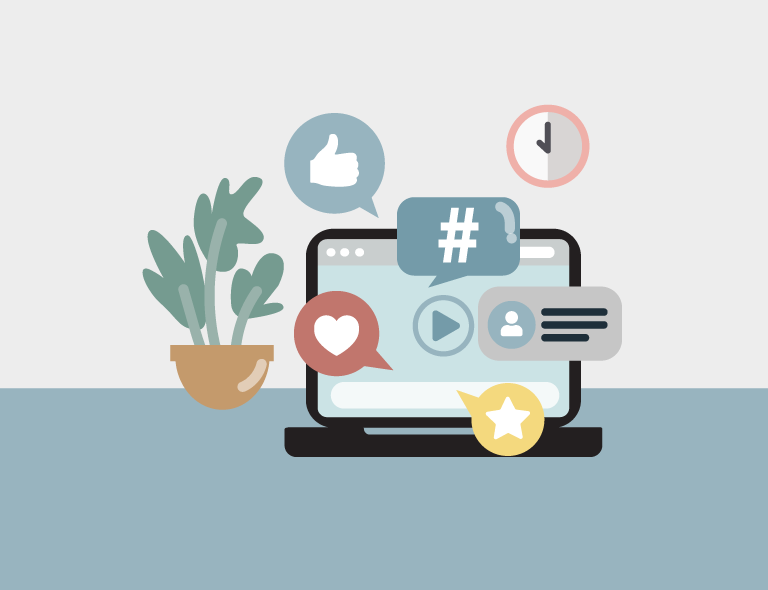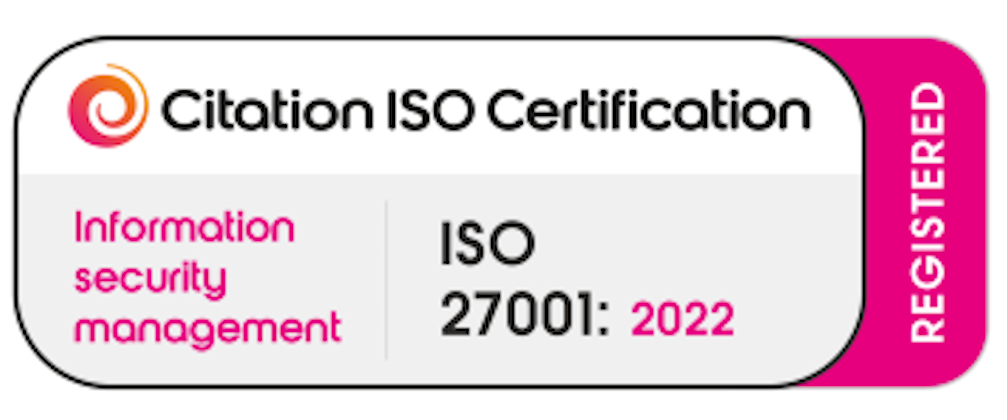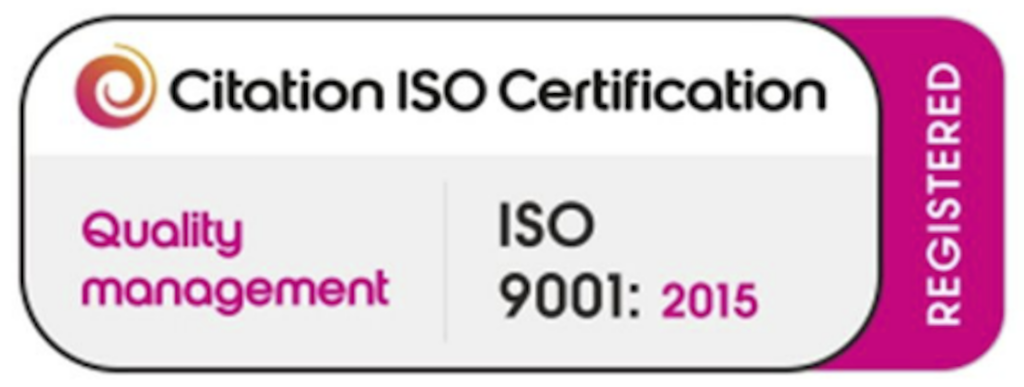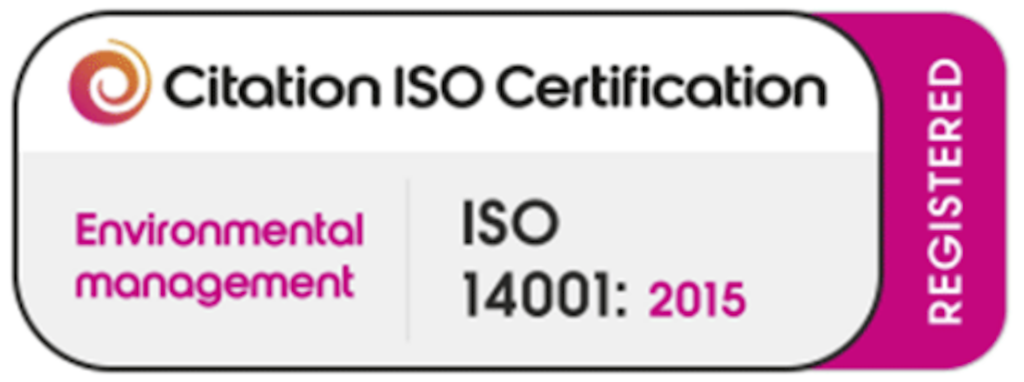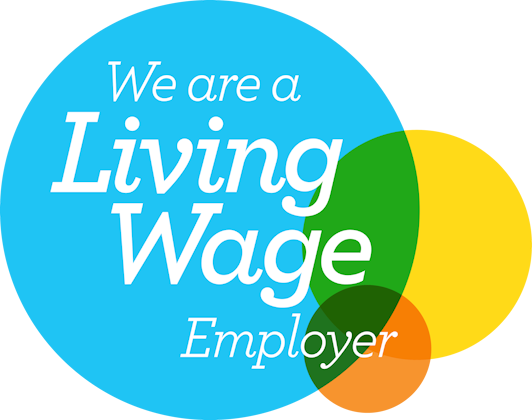In the digital age, social media has become our source of news, entertainment, and a source of revenue as it helps businesses expand their customer base. With the influx of news coming at a fast pace, many would struggle with their mental well-being as they get overwhelmed with the information.
Recent research from the University of Arkansas demonstrates that there is an independent relationship between both time on and the number of social media platforms to the probability of developing depression or anxiety.
From a business’s perspective, the overwhelm is real as there are several social media platforms out there. With more avenues of revenue, comes also the stress of keeping up with all of them.

The impact of digital technology on productivity
The ready availability of smartphones and email also mean that employees may struggle with the constant stream of interruptions.
Interruptions reduce employees’ capacity to focus and concentrate as well as their ability to comprehend and digest complex information. Hence, it has become vital that companies need to instil digital well-being solutions in the workplace.
Digital Wellbeing Widget to Monitor your Screen Time
The first step to fostering digital well-being is to have controlled screen time. Google’s Digital Wellbeing widget allows users to keep track of their social media uses right on their home page.
This comes when social media is making an impact on our lives – be it good or bad, monitoring our screen time helps ensure that we are mindful of the ways we spend our time.
Mynurva promotes digital wellbeing through digital talking therapies to work through these mental health challenges. We have a range of self-help resources to aid your employees on their social media detox journey. Our trained NHS-qualified therapists are just a click away

